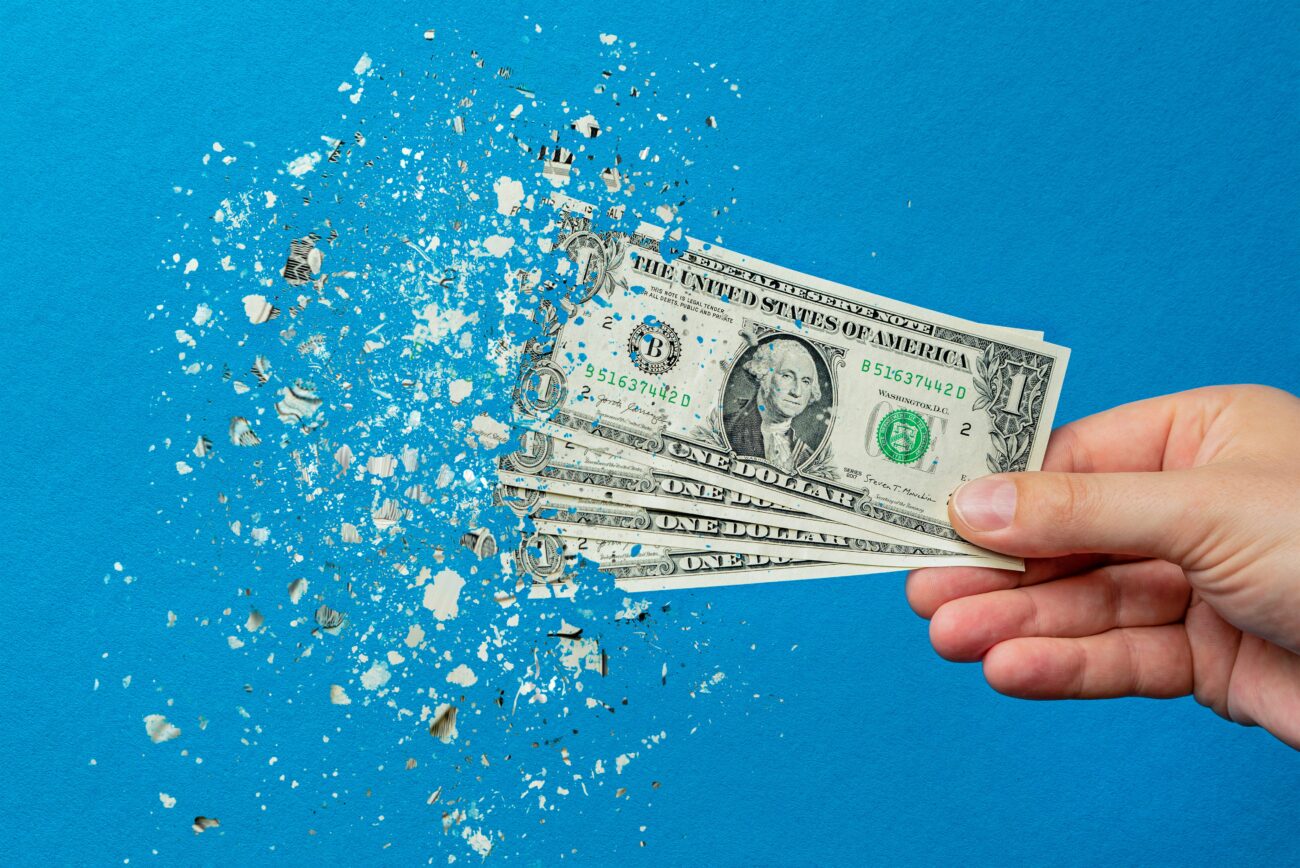What began as government social tinkering–with implied threats to banks and mortgage companies to extend home loans to even the most marginal of borrowers–led to a greed-blinded mortgage banking business and the meltdown we are experiencing today. Now we are asked by the same congressional leadership to go along with taxpayer-funded bailouts of the very banksters who, while making millions, created the mess.
Despite the trillions of dollars already expended recapitalizing banks, there is very little, if any, progress to show. Will a few trillion more do the trick? That seems to be the consensus among Congress and the banks. “They are simply too big to let fail,” or are they really just too big to save? We can go back to “Plan A” and buy the toxic assets. If so, at what price? What if a few trillion does not remove enough toxic waste from the system or doesn’t get credit flowing again and the economy bustling?
Some argue that it is time to help Main Street, not Wall Street. So, we should “forgive” some of the mortgages for those who are 90 days or more behind on their payments. Have you quit paying yet?
If we are to save bankers, shouldn’t we at least distinguish between those who possess the intelligence to renegotiate their loans to workable terms? If we are to save homeowners, should not we first define the term “homeowner?” Perhaps it is not only someone who agreed to and signed a mortgage and is living in a house. Just perhaps, it should also include the stipulation that this individual paid some amount of a down payment: 20%, 5%, a dollar. I can tell you who is not a homeowner. It is not someone who paid zero down and ridiculously low payments for two years; that, my friend, is a renter.
The problem with all these ideas is the money is only directed at those who created or benefited from the problems. Why not attack the situation in a manner that will benefit most everyone, an approach that has been successful before and, when compared to the current course, has little downside?
Here it is. Stand back. World currencies should be devalued overnight.
It can be done on a country-by-country basis, but a coordinated devaluation would work best. A devaluation of 30% would raise the dollar value of all assets by 43%. A $200,000 home with a $230,000 mortgage would become a $286,000 home with the same mortgage. Presto! The homeowner who was $30,000 upside-down now has $56,000 equity and a good reason to make his payments. Both the homeowner and the bank are immediately better-off.
It would even benefit those who purchased their homes responsibly, as the value of their homes would rise by the same 43%. The current course of throwing trillions of dollars at the culprits is without any benefit to those who acted responsibly.
Admittedly, this is not a solution without the price of inflation, but the inflation would be short-lived. The current course will ultimately cause massive inflation that cannot be accurately estimated, and it may not even solve the problem.
Currency devaluation proved effective in ending the Great Depression. In 1930, Australia was the first to leave the gold standard, immediately devaluing the aussie by more than 40%, and the economy quickly recovered. New Zealand and Japan followed suit in 1931, each with the same result. By 1933, at least nine major economies had enacted a devaluation of their currency by removing it from the gold standard, all of whom emerged from depression.
In 1933, through a series of gold-related acts, culminating in the Gold Reserve Act of 1934, America realized a dollar devaluation of 41% when the price of gold was adjusted from $20.67 per ounce of gold to $35 per ounce. America, like the others before, had its economy bottom and recover as a result. Of the larger economies, only the French and Italians continued to adhere to the gold standard, and their economies remained depressed until finally, in 1936, they allowed their currencies to devalue, and their economies then recovered.
I see no reason to believe we would have any different result today. Only debt would remain the same. All other assets would immediately be worth more (in nominal terms), whether it be a home, a stock, an ounce of gold or a used car. Bank balance sheets would immediately improve, as many loans would be moved from non-performing to performing status. Banks would be paid with devalued dollars, but they made millions creating the mess. The current use of government stimulus through the creation of dollars will certainly lead to a similar or worse devaluation, so this is likely a net gain for the banks too.
Businesses would instantly become more profitable, and workers’ pay would increase, allowing each to pay their debts more easily, even while sending more tax dollars to Washington, without raising tax rates. As assets are sold, the capital gains would send even more taxes to Washington. States and locales would receive more revenue via sales and property tax, improving the fiscal condition of school districts and local governments. The national debt would effectively be reduced by the same 25%, giving future generations a chance. Combine the move with a congressional pledge to only raise the budget by half the devaluation, and we could be on track for a balanced budget and paying down the debt.
As the old Saturday Night Live skit said, “Think of inflation as your friend. Wouldn’t you like to wear $1,000 suits and smoke $100 cigars?” I know I would.

